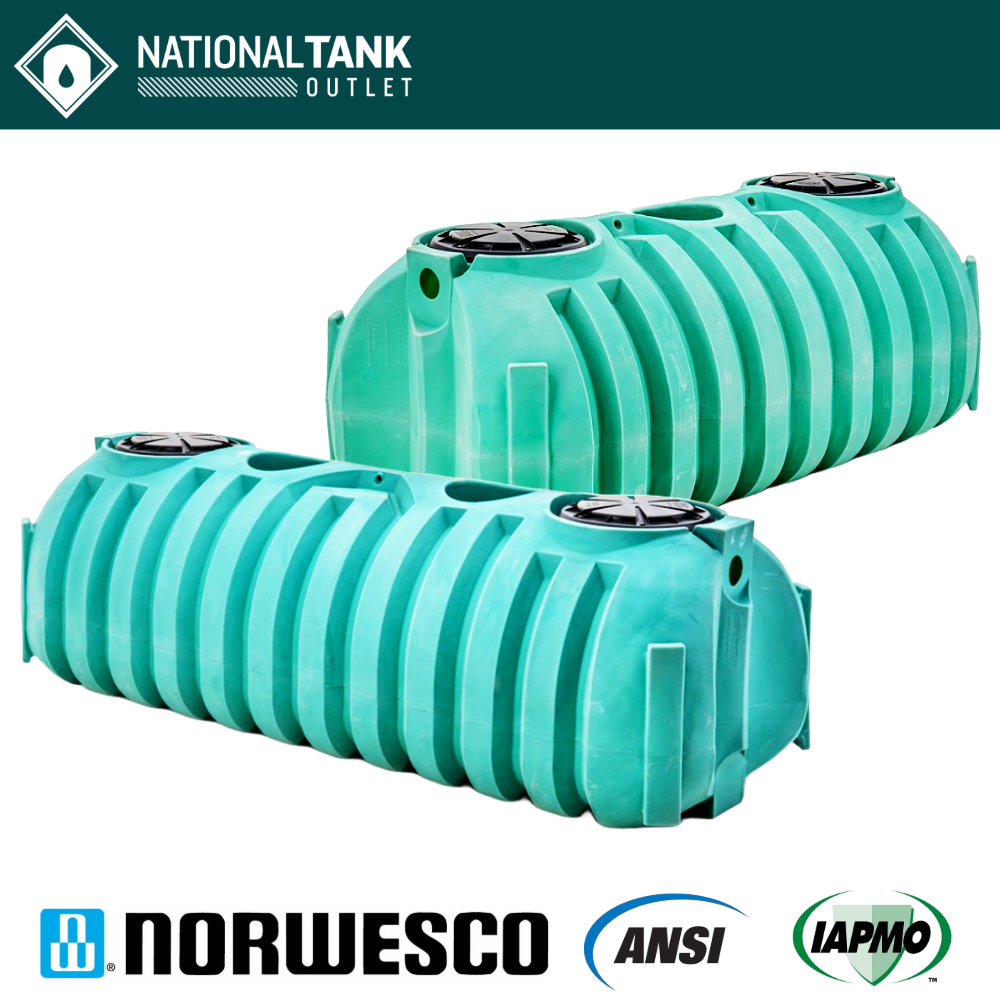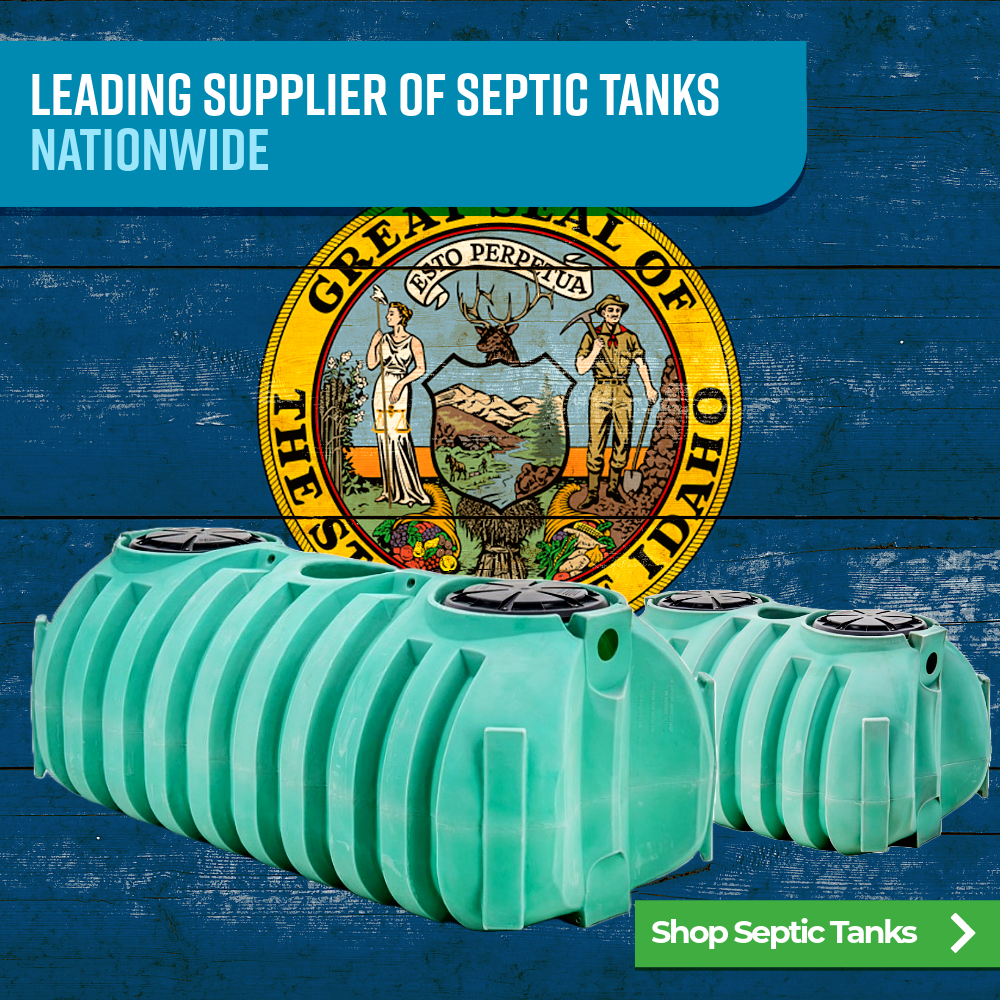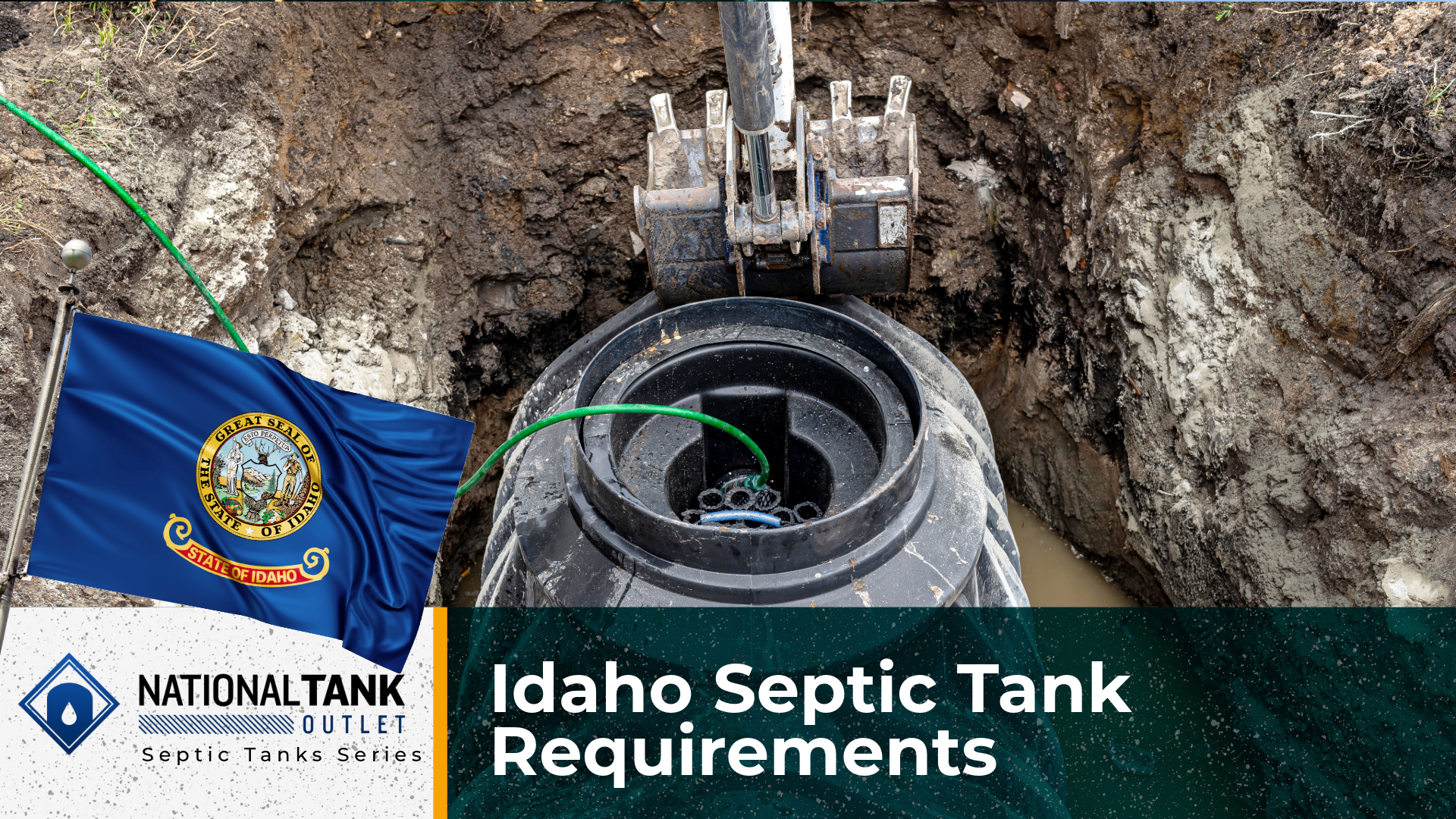
Many Idaho homeowners, businesses, and farms reside beyond the reach of a centralized or municipal sewer system, making septic tanks a common method to manage the wastewater these properties create. In Idaho State, more than 35% of the population and commercial buildings rely on septic tank systems. Septic tanks are a vital part of Idaho’s infrastructure, necessary to safeguard public health and protect the environment. Therefore, it stands to reason that there is a dedicated set of regulations covering their installation and operation. In this guide, we will unpack the key Idaho septic tank requirements for property owners and contractors regarding onsite wastewater treatment systems in the state.
Idaho State Septic Tank Regulations
In Idaho, the primary governing body for septic tank regulations is the Department of Environmental Quality (DEQ) and its IDEQ Water Quality Division. These Idaho State departments regulate and enforce the septic tank requirements outlined and maintained in the Idaho Administrative Procedures Act (IDAPA) Code 58.01.03 for Individual/Subsurface Sewage Disposal Rules.

The responsibility for regulating septic tanks by the Idaho DEQ is divided into seven public health districts that cover set regions and counties of the state. The seven Idaho public health districts oversee the permitting and inspection of septic systems and also offer site evaluations to assess locations for new septic tank systems.
Idaho Septic Tank Definitions
In Idaho, the state departments and regulation codes refer to a septic tank and septic system as an individual and subsurface sewage disposal system and as an onsite wastewater treatment and disposal system. These terms are used in the Idaho Administrative Code (IDAPA) 58.01.03 and the Idaho Technical Guidance Manual that sets the standards for septic systems in the state. The state code and guidance manual provide details for the requirements on the design and installation of septic tanks and systems, their materials, and construction specifics.
Can I Install My Own Septic Tank in Idaho
The ability to install your own septic tank in Idaho depends on two factors: whether you are installing a standard / basic system and if you can install the system entirely yourself without the need for an outside professional. So, to answer the question, yes, you can install your own septic tank in Idaho as a landowner, as long as you can successfully do so, permits and all, without requiring “hired help”.

This statement is supported and can be found on the Idaho DEQ web page under “Septic Installer Exam” as well as guidance documents. By a standard / basic system, the Idaho State means a standard system as a conventional, gravity-fed septic tank system and a basic system as a basic alternative system. A basic alternative system is any non-conventional septic system not defined by Idaho as a complex alternative system. The Idaho Technical Guidance Manual has a list of complex systems in Section 1.5. Any complex alternative septic system must be constructed by a trained and certified installer, i.e. contractor, in the state of Idaho.
How to Install a Septic Tank in Idaho
Installing a septic tank in Idaho requires a thorough understanding of the ins and outs of the process. This will include the ability to secure the necessary permits, draft a plan that can be approved by the state, acquire and use digging equipment, purchase the materials, perform the installation, and pass a final inspection.

For home and landowners in Idaho thinking of installing a septic tank system themselves, we recommend preparing by reviewing the guidance documents provided by the Idaho Department of Environmental Quality.
- Technical Guidance Manual (TGM) for Individual and Subsurface Sewage Disposal
- Page 95 of the TGM on Standard Subsurface Disposal System Design
- All Other Wastewater Guidance
Steps to Installing Your Own Septic Tank in Idaho
The first step to installing your own septic tank in Idaho, aside from general learning, planning, and preparing, is to file for a permit. Permit applications for septic tank installation must be submitted to the public health department for the district where the property and septic system are located. A permit must be approved before any septic system construction activities can be performed. The permit application is fairly intensive and will require research, proper planning, and effort.
Some Idaho districts may even require a formal meeting to be scheduled between the landowner and the department prior to beginning the permitting process.
Permit Requirements
In an Idaho septic tank permit application, you will be required to provide all the details for the property and the septic system to be installed there.
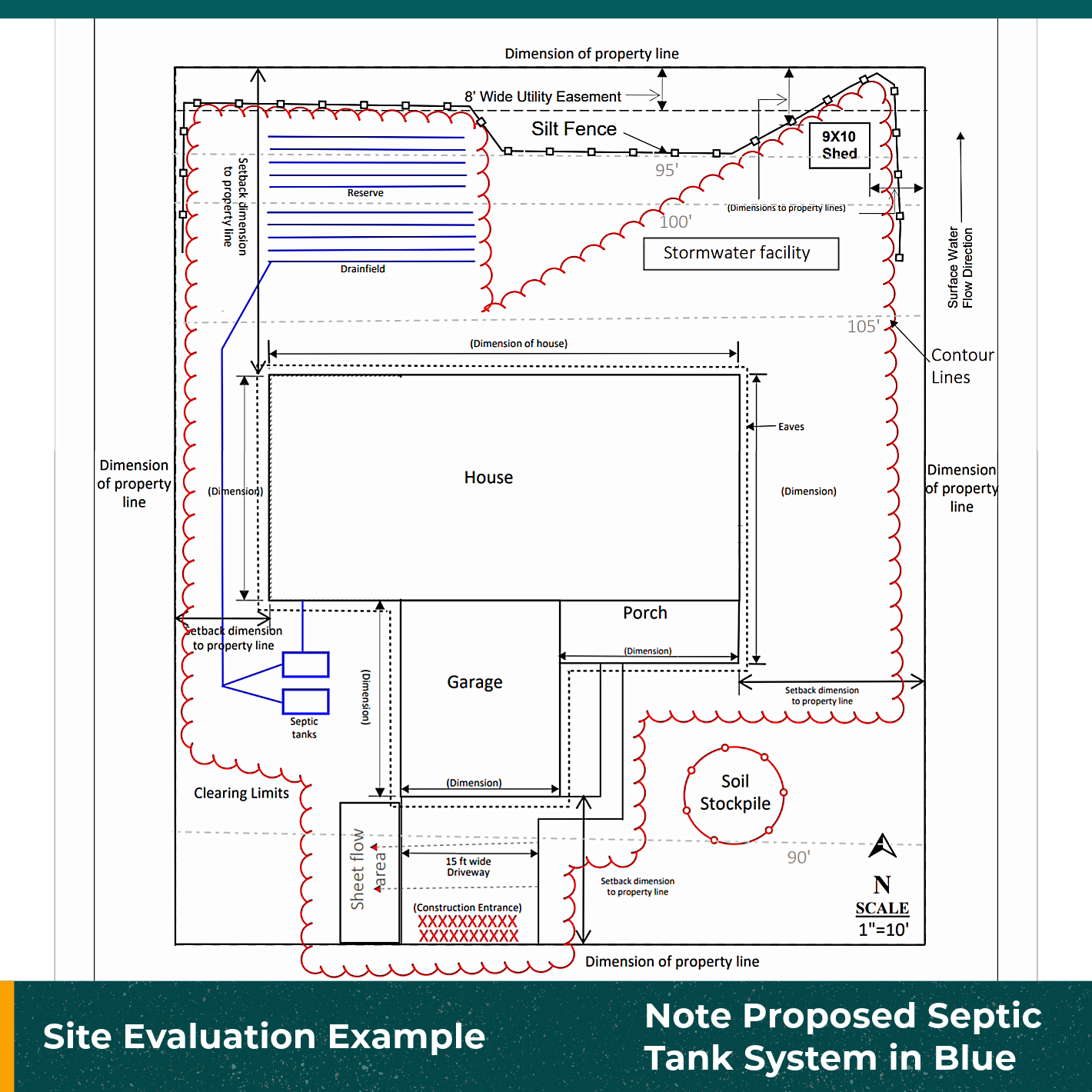
Examples of property information include the establishment type (home, farm, etc.), the number of bedrooms or persons, a scaled plot plan, existing water supply features (wells), surface waters, topography, elevation, ground slopes, property lines, easements, location of buildings, soil description and profile, groundwater data, and percolation test results.
Examples of septic system information needed include the type of system, whether this is a new construction, modification or repair, diagrams indicating the location and size of the proposed septic system, information regarding the manufacturer of the system’s components (septic tank, dosing, chamber, etc.), a list of materials, wastewater volume estimates, proposed operation and maintenance procedures, and a statement from local zoning authority that the proposed system is acceptable.
All these requirements, and more details, can be found in IDAPA 58.01.03.005.
After Permit Approval
When the septic system permit application is approved, construction can begin. In order to receive a permit, your entire property and project must have already been thoroughly evaluated and understood. This means that by the time you are filing for a permit, you should have a solid idea of where and how you will install your new septic tank system.
After Construction
After all septic tank construction activities and prior to burial, the system must be inspected by an agent of the state department for the regional health division to ensure compliance and that no further work is necessary. If the system passes inspection, backfill can be completed and the system put into service.
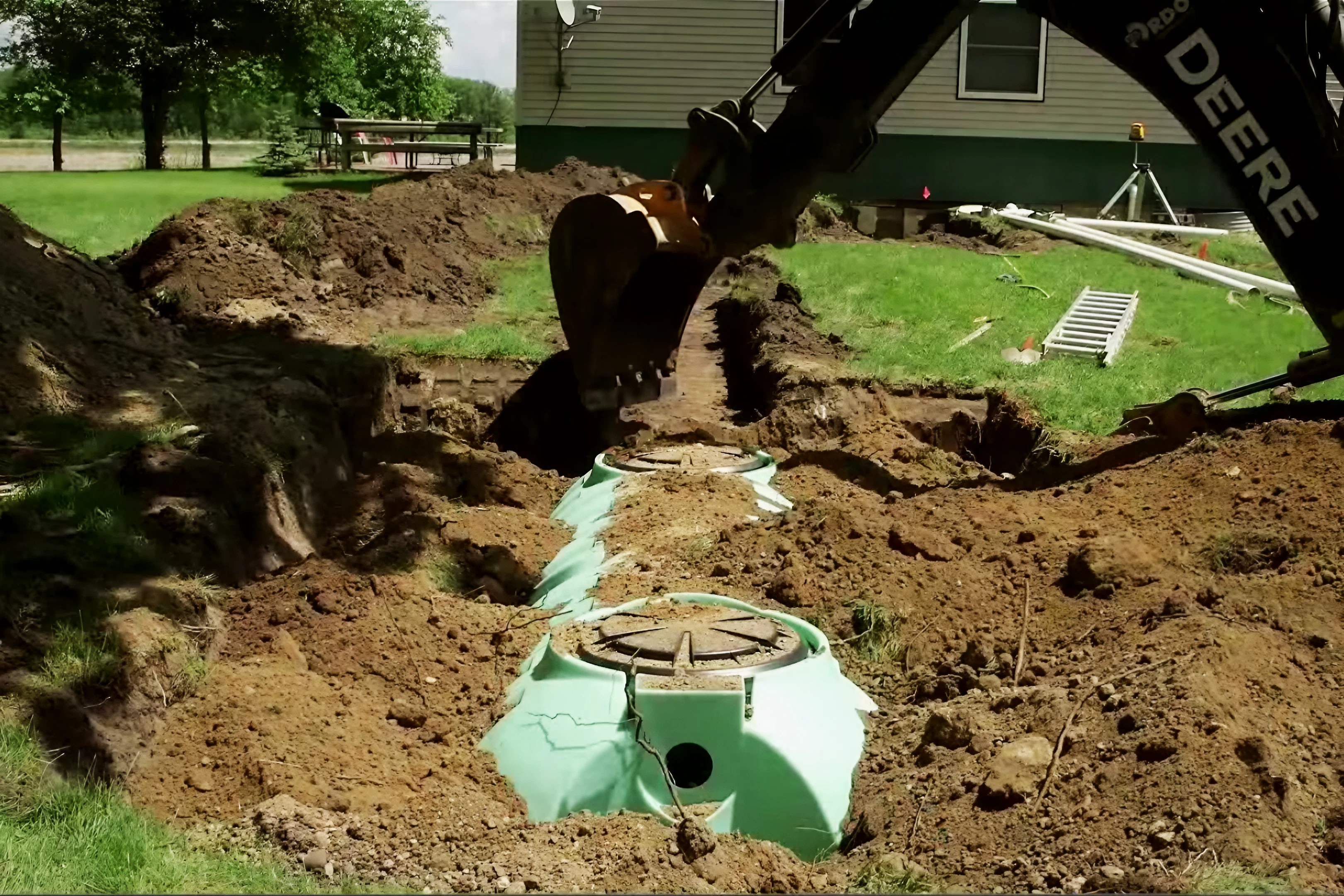
Should I Install My Own Septic Tank System in Idaho
While it is technically possible for a homeowner to install a septic tank system themselves, the process requires significant knowledge and the capability to perform all the necessary steps. Due to this and the considerable amount of expertise required and the potential for costly mistakes, installing a septic system yourself is not for the faint of heart, and many homeowners choose to hire licensed installation specialists for this task.
See the following for a list of permitted septic tank installers in Idaho organized by regional public health district.
Can a Polyethylene Septic Tank Be Installed and Used in Idaho
Yes, polyethylene septic tanks can be installed and used in Idaho, but only if they are made by a manufacturer that the state has approved. Idaho State maintains a list of approved manufacturers and their septic tanks in their Technical Guidance Manual Section 5.2 on approved septic tanks. Of note, the renowned North American manufacturer Norwesco is on this list along with their polyethylene septic tanks up to 1,500 gallons in size and in various styles such as low profile, bruiser, one-compartment, and two-compartments.
If looking for Norwesco septic tanks for your project in Idaho, the National Tank Outlet is a trusted, nationwide supplier with some of the industry’s most competitive pricing.
Key Idaho Septic Tank Requirements
Permits
The permitting requirements in Idaho are all-inclusive, meaning the entire property, proposed system, and work plan must be completely understood and mapped out prior to any construction activities. Some Idaho public health districts may require a meeting between the homeowner and the department, such as if the homeowner intends to install the system themselves.
Some land and properties are not suitable for a septic tank system and therefore may be denied a permit for installation. Due to this, the Idaho State government recommends having a site evaluation performed before purchasing a property to ensure suitability for a septic system.
Site Evaluations
Site evaluations for the installation of a septic tank system are typically mandatory and often performed by a representative agent of the Idaho DEQ Water Quality Division or a certified professional for hire, such as an engineer or geologist. Contacting the regional public health district is often the best way to receive local guidance on how to have a site evaluated properly for a septic tank system.
Septic system site evaluations often involve a soil percolation test, an evaluation of the underground geology, and an assessment of nearby water supplies or surface waters. In some instances, a ten (10) foot hole will need to be dug to assess the site’s soil conditions and will require scheduling for a backhoe to be onsite when the department’s certified site evaluator is present.
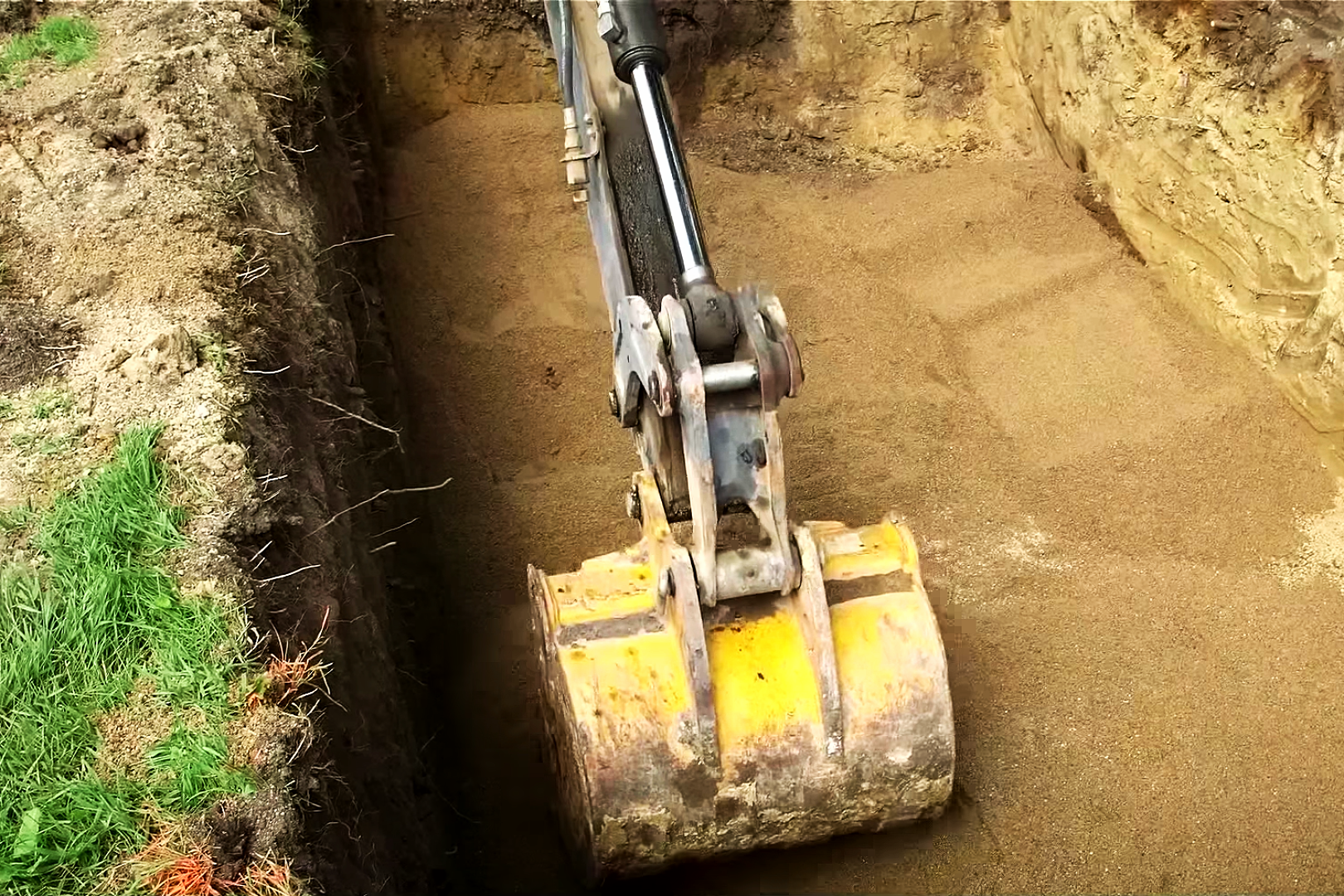

Septic System Siting and Design
Idaho septic systems must be strategically located to keep a set minimum distance from water wells, water bodies, property lines, and other building structures on the land. The exact distances required may depend on the type of septic system. The Idaho Technical Guidance Manual reports the following setback distances for a conventional septic tank system:
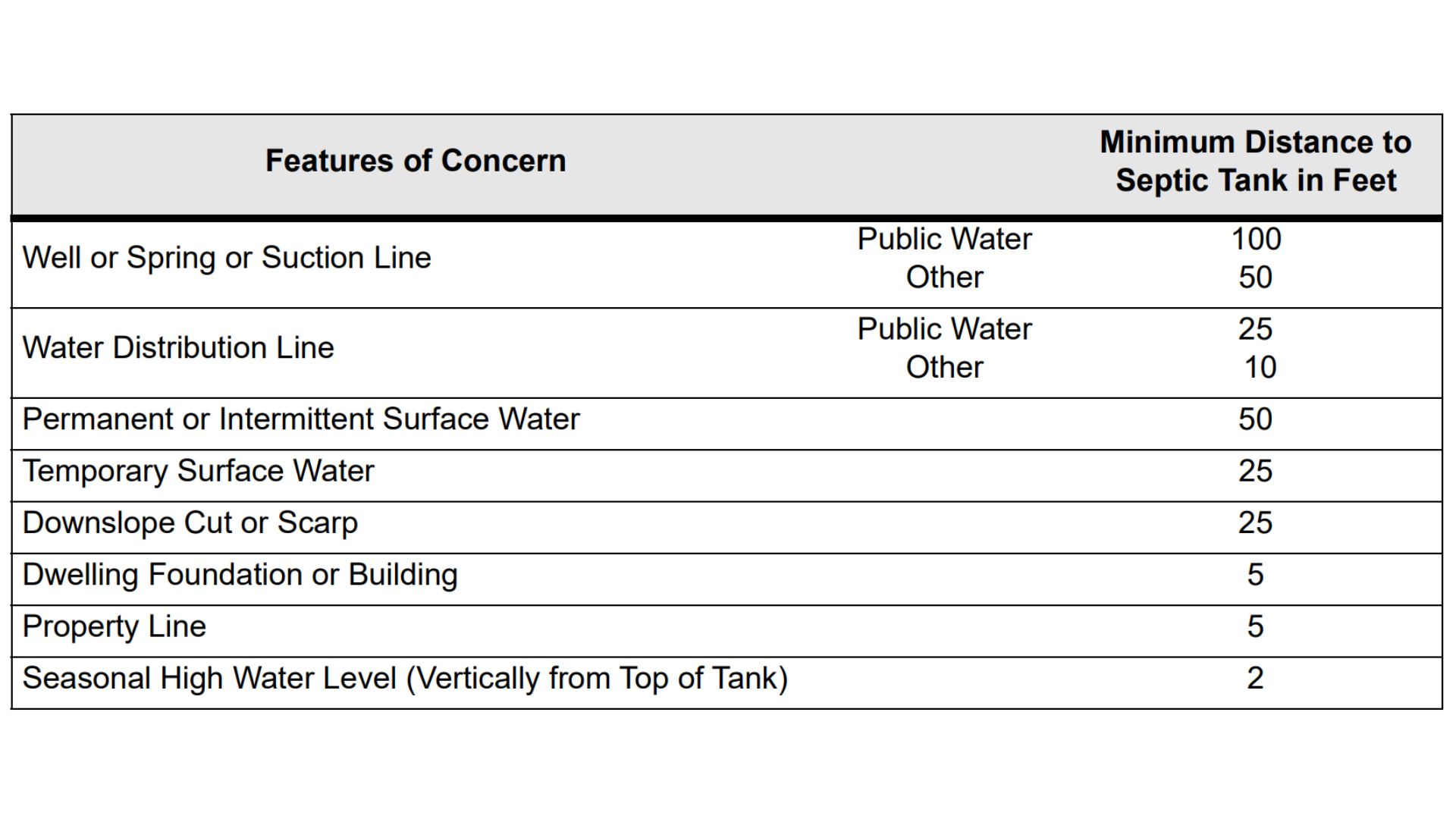
System Components
The materials and parts of a septic system will depend on the type of system to be installed. Conventional septic systems are the most common. Typically, conventional septic systems feature a septic tank that holds the wastewater that drains from the water fixtures on the property, a drainfield that slowly releases effluent water from the septic tank into the soil for further treatment, a distribution box that disperses the effluent to the drainfield, and the necessary plumbing, often PVC pipe, that connects all the parts together.
In many U.S. states, Idaho included, it is required to use a specific system setup as well as components, such as septic tanks, that have been approved by the state’s regulations. In Idaho, select polyethylene septic tanks manufactured in the USA by Norwesco are approved for use. See the following for the list of Idaho’s approved Norwesco septic tanks.
Septic Tank Sizes in Idaho
For residential homes and structures in Idaho, septic tank sizes for conventional systems start at a minimum 900 gallon capacity. According to IDAPA code 58.01.03.007, a 900 gallon septic tank, minimum, is required for a 1 to 2 bedroom home and a 1,000 gallon septic tank, minimum, is required for a 3 to 4 bedroom home. For every additional bedroom above 4, increase the minimum required septic tank size by 250 gallons.
Inspections
An inspection by state department personnel is often mandatory after construction activities are complete and prior to backfill and covering of the new septic system. If the system is determined to be in full compliance, the system will pass and can begin being used. If the system fails inspection, a notice will be issued detailing why and what further steps will be needed to reach compliance.
Maintenance and Pumping
Getting a conventional septic tank pumped regularly is absolutely necessary to keep the system working and to prevent damages that lead to costly repairs. The Idaho Department of Environmental Quality recommends an average family of four to have the septic tank pumped every 3 to 5 years.
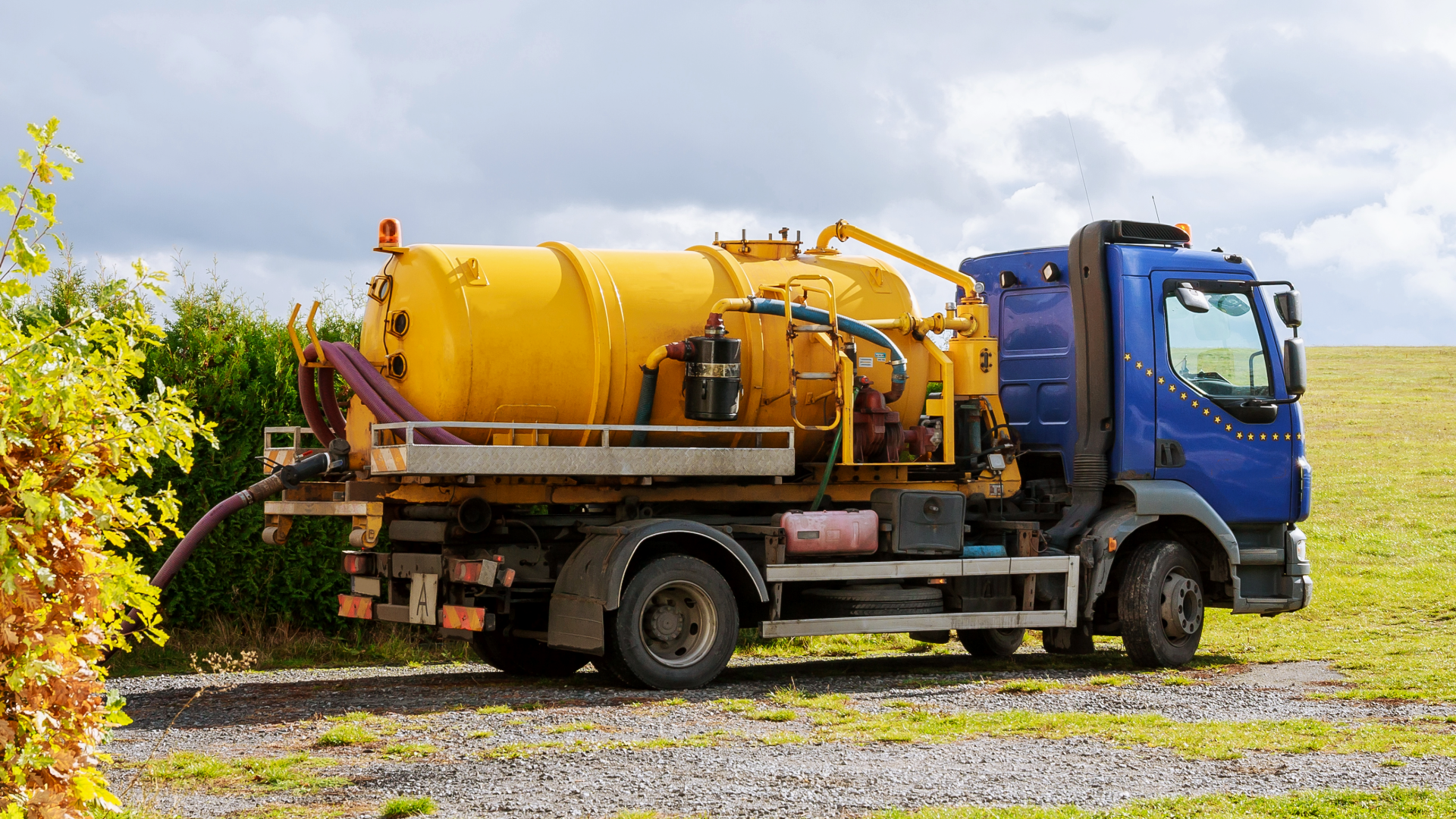
Financial Assistance
The state of Idaho is one of thirteen states serviced by the Rural Community Assistance Corporation (RCAC) and the financial assistance programs the organization offers. The RCAC provides grants and low-interest loans to qualifying residents to help in the purchase and work costs for the installation of a new well or septic tank system.
Need a Septic Tank in Idaho? Choose the National Tank Outlet to Supply
Understanding and adhering to Idaho’s septic tank regulations is essential for responsible wastewater management and protecting the health of the Gem State’s public and environment. While navigating the details of permits and requirements may seem daunting, seeking departmental guidance and hiring experts can make the task easier.
As you consider your options for underground septic tanks, whether for yourself or as a contractor, we consider you to consider the National Tank Outlet. As a trusted provider of septic tanks and containers, the National Tank Outlet offers a wide range of high-density polyethylene septic tanks that are cost-effective, lightweight, and designed for durability and easy installation.
Our Idaho approved septic tanks are available in various sizes to meet the needs of both commercial and residential applications. Choose the National Tank Outlet for your poly septic tank purchase and experience the difference in cost and service.
Additional Resources
- Idaho Department of Environmental Quality Wastewater Management
- IDAPA 58.01.03, Rules for Individual and Subsurface Sewage Disposal Systems
- Local Public Health Districts
- Idaho Technical Guidance Manual for Individual and Subsurface Sewage Disposal Systems
Disclaimer: This guide is intended to provide general information and expectations around the installation and requirements of a septic tank and system in the state of Idaho and is not intended to substitute for advice, legal counsel, or consultation from state departments or licensed professionals. The information provided is current and accurate to the best of our knowledge at the time of this writing. For specific advice on your individual situation, please consult with the Idaho Department of Environmental Quality (DEQ) Wastewater Division or a licensed septic tank professional contractor.
